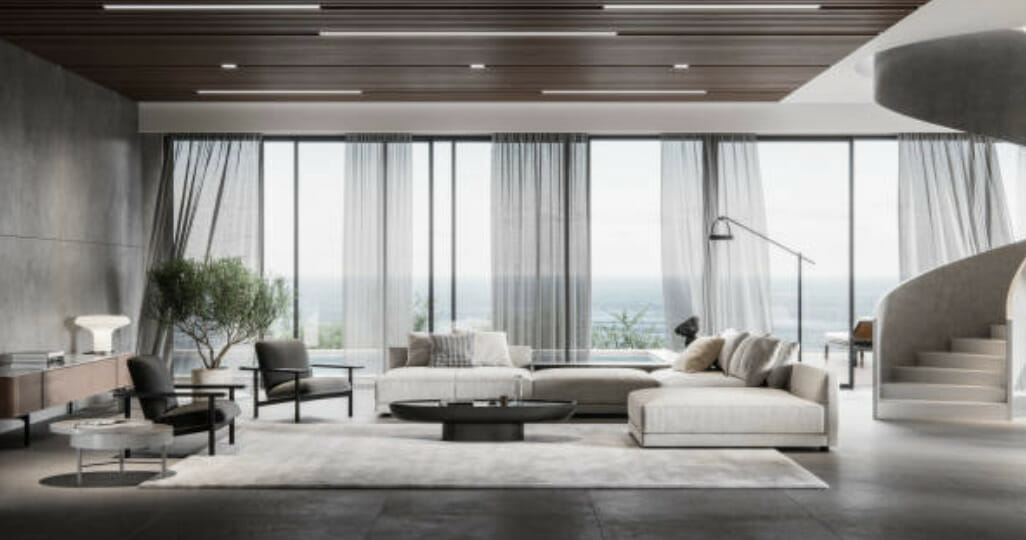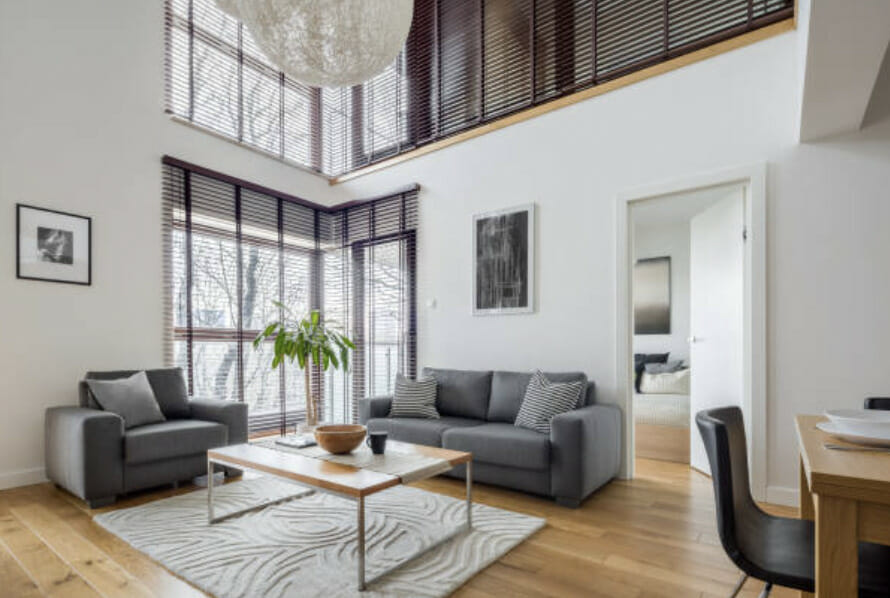Are you in search of the perfect loft to call home, but find yourself torn between a hard loft and a soft loft? Fear not, because we’re here to help you understand the key differences between these two unique living spaces by answering the question: what is a hard vs soft loft? With their distinct styles and features, both hard and soft lofts can offer a truly one-of-a-kind living experience that reflects your personality and lifestyle.
In this blog post, we’ll explore the origins, architectural features, advantages, and drawbacks of these two types of lofts, helping you make an informed decision about which one best suits your taste and needs. So let’s dive in and discover the world of hard and soft lofts!
Short Summary
- Hard lofts are typically converted industrial spaces, whereas soft lofts are newly constructed open-concept spaces.
- Consider personal style and preferences, lifestyle needs and budget constraints when deciding between a soft and hard loft to ensure it is the perfect fit for you.
- Tailor storage solutions to your individual needs in order maximize space and keep belongings organized.
Defining Hard Lofts and Soft Lofts
Hard lofts and soft lofts are two distinct types of open-concept living spaces, each with its own unique charm and appeal. While both offer a spacious and modern environment, the key difference between them lies in their origins and architectural features.
Hard lofts are typically converted industrial space, such as warehouses or factories, that have been transformed through hard loft conversions.
Hard Lofts

They boast features like exposed brick, beams, and soaring ceilings, giving them a unique and rugged appearance that is highly sought after. Hard lofts are truly one-of-a-kind, and their limited availability makes them even more desirable.
However, living in a hard loft does come with its own set of challenges. The original industrial elements, while visually striking, can lead to noise issues and reduced privacy due to the open concept design.
Additionally, some hard lofts may require costly renovations or maintenance to preserve their unique features.
Soft Lofts
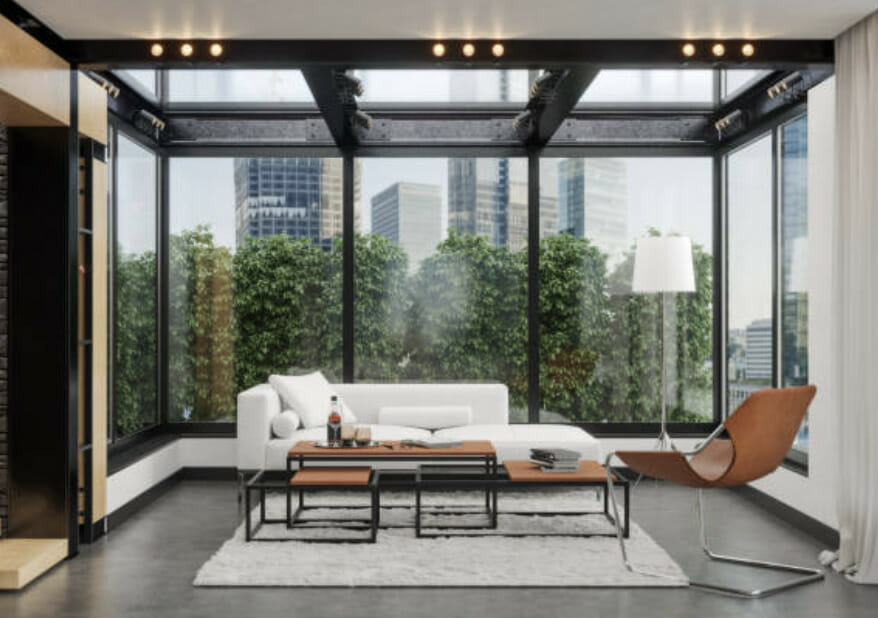
They typically feature high ceilings, large windows, and brickwork, creating an industrial vibe but with more modern amenities and finishes.
Soft loft buildings offer a contemporary living environment that combines the best of both worlds: the aesthetic appeal of a hard loft with the convenience and energy efficiency of a new apartment.
While soft lofts provide a stylish and comfortable living space, they may lack the authentic charm and history of a hard loft. Additionally, they can be more expensive to purchase due to their modern features and wider availability on the market.
Comparing Hard Lofts and Soft Lofts
Now that we’ve covered the basic definitions and features of hard and soft lofts, it’s time to delve deeper and compare their architectural features, location, and building types. Understanding these differences and similarities will help you make an informed decision about which type of loft best suits your needs and preferences.
When comparing hard and soft lofts, it’s important to consider the architectural features of the buildings.
Architectural Features
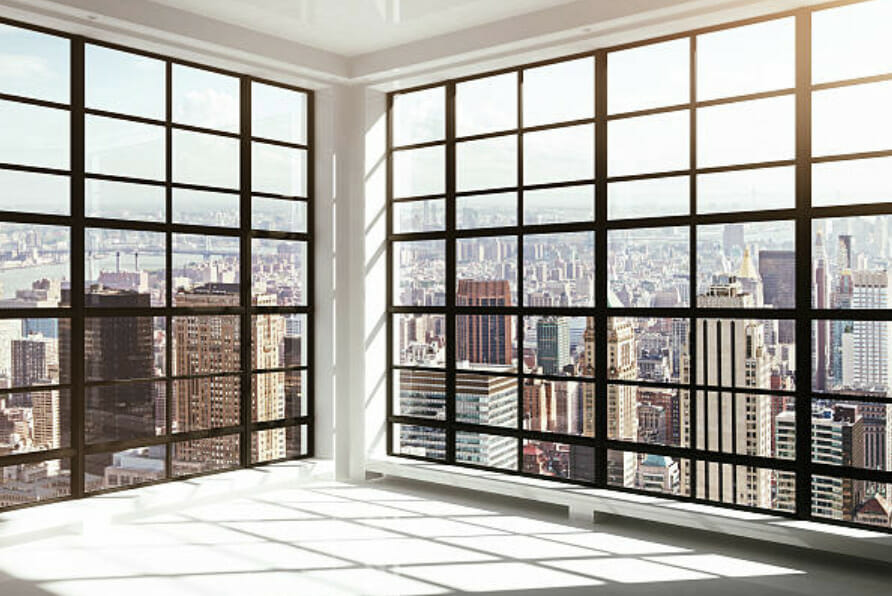
On the other hand, soft lofts boast modern amenities like stainless steel appliances, granite countertops, and hardwood floors.
These contemporary features are designed to mimic the industrial look of hard lofts while providing the comforts and conveniences of modern living.
While both hard and soft lofts have their own unique architectural features, it’s important to consider which style aligns best with your personal taste and preferences.
If you’re drawn to the authentic charm and character of a hard loft, you may be willing to overlook certain modern amenities in favour of a more rugged and historically significant living space. Conversely, if you prefer a sleek and contemporary design, a soft loft may be the ideal choice for you.
Location and Building Types
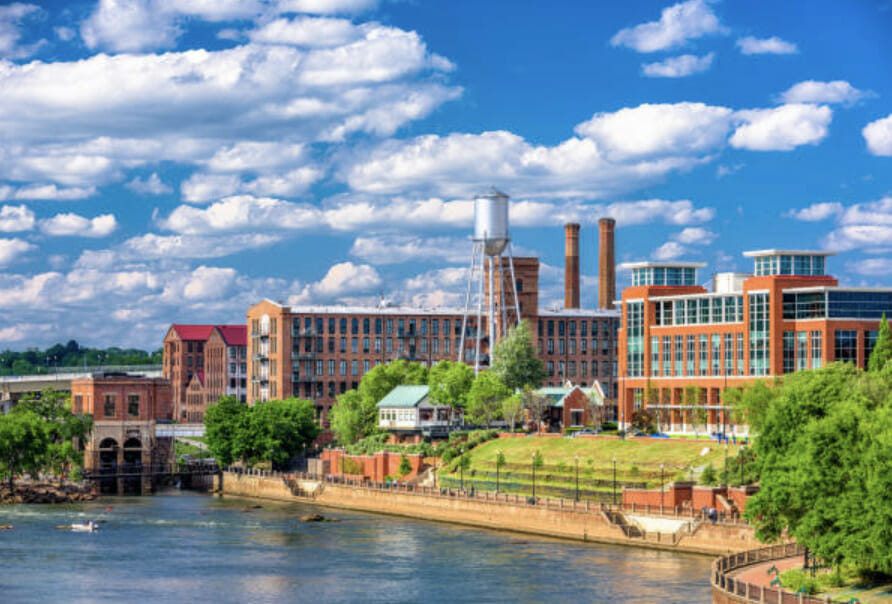
In contrast, soft lofts are usually built from scratch in residential neighborhoods, using modern materials and techniques. They may be situated in a variety of locations, from bustling city centers to quieter suburban areas.
The location and building type of a soft or hard loft can significantly impact your daily lifestyle and commute. If you’re drawn to the urban energy and proximity to city amenities, a hard loft in an industrial area may be an ideal choice.
On the other hand, if you prefer a more residential setting with modern amenities, a soft loft in a purpose-built building might be a better fit.
Advantages and Disadvantages of Hard and Soft Lofts
As with any living space, there are both advantages and disadvantages to consider when choosing between a soft or hard loft. Each type offers its own unique benefits and drawbacks, depending on your personal preferences, lifestyle, and budget.
For example, hard lofts tend to be more expensive than soft lofts, but they tend to be more expensive than soft lofts.
Hard Loft Benefits
One of the main benefits of hard lofts is their authentic industrial charm. With exposed brick, high ceilings, and large windows, these converted spaces offer a truly unique living experience that is difficult to replicate in newer constructions. Additionally, hard lofts often have historical significance, as they were once part of the city’s industrial landscape. This gives them a sense of character and history that is highly appealing to many people.
However, it’s worth noting that hard lofts can be more expensive due to their limited availability and unique features. As they are often in short supply, they tend to come with a higher price tag, which may be a significant consideration for potential buyers.
Soft Loft Benefits
Soft lofts offer a number of advantages, including modern amenities, energy efficiency, and a wider variety of layout options. These purpose-built residential units provide a contemporary living environment, with the added bonus of modern features such as stainless steel appliances, granite countertops, and hardwood floors. Additionally, soft lofts are often more energy efficient, which can result in lower utility bills and a reduced environmental footprint.
While soft lofts may not have the same historical significance and authentic charm as hard lofts, they offer a comfortable and stylish living space that is more accessible and versatile, making them an appealing choice for many people.
Drawbacks of Both Types
There are some drawbacks that are common to both hard and soft lofts, primarily due to their open-concept design. One such issue is the potential lack of privacy, as the open floor plan can make it difficult to create separate spaces for different activities on concrete floors [1].
Additionally, both types of lofts may have limited built-in storage options, requiring creative solutions to maximize space and keep your belongings organized. Lastly, noise concerns can arise in both hard and soft lofts, due to the open concept layout and shared walls with neighbouring units.
Choosing Between a Soft or Hard Loft
When it comes to choosing between a soft or hard loft, the decision ultimately comes down to your personal style, lifestyle considerations, budget constraints, and storage solutions. By evaluating these factors and weighing the pros and cons of each type of loft, you can make an informed decision that best aligns with your needs and preferences.
Hard lofts are typically more expensive than soft, but they offer more space and a higher ceiling.
Personal Style and Preferences

On the other hand, if you prefer a more modern design with sleek finishes and contemporary features, a soft loft may be more appealing to you.
Ultimately, the choice comes down to the design elements that resonate with you and create a living space that feels like home.
Lifestyle Considerations
Beyond personal style, it’s important to consider your lifestyle when choosing between a hard and soft loft. Factors such as the need for privacy, natural light, proximity to amenities, and the type of neighbourhood you prefer all play a role in this decision.
For example, if you enjoy entertaining guests and require ample space for social gatherings, a hard loft with its open concept layout and unique features may be ideal. Alternatively, if you prefer a quieter, more residential setting with modern amenities, a soft loft in a purpose-built building might be a better fit.
Budget Constraints

In contrast, soft lofts are generally more affordable and come with fewer maintenance concerns, but may lack the authentic character of a hard loft. It’s essential to carefully evaluate your budget and weigh the costs of each type of loft before making a decision.
Storage Solutions

As both types may have limited built-in storage options due to their open concept design, it’s important to think about creative ways to maximize space and keep your belongings organized.
Whether you opt for vertical storage solutions, clear storage boxes, or under-bed storage, finding the right balance between aesthetics and functionality is crucial when selecting a loft space that meets your needs.
Storage solutions should be tailored to the individual needs of the user. Consider the size of the building.
Summary
In conclusion, both soft and hard lofts offer unique living experiences that cater to different tastes and lifestyles. Hard lofts provide an authentic industrial charm with a history that is difficult to replicate, while soft lofts offer a more contemporary living environment with modern amenities and energy efficiency. By taking into account your personal style, lifestyle considerations, budget constraints, and storage solutions, you can make an informed decision about which type of loft best suits your needs and preferences.
Whether you choose a rugged hard loft with its rich history or a sleek soft loft with modern conveniences, both options provide a one-of-a-kind living space that allows you to express your individuality and create a home that is uniquely yours [2].
So go forth and find your dream loft, and embrace the open-concept living experience!
Post You May Like: When Is the Best Time to Move Into an Apartment?
Frequently Asked Questions
What does loft type mean?
Loft type refers to an open-plan apartment featuring high ceilings and minimal interior walls, usually exceeding 1,000 square feet in size. It is typically created inside a former industrial building with concrete floors and large windows for natural light.
There are two types of lofts: hard and soft.
What’s the difference between a loft and a condo?
The main difference between lofts and condos is that lofts typically feature an open floor plan, whereas condos usually have interior walls to create individual rooms.
What are the disadvantages of a loft?
Living in a loft requires creativity and custom-built storage solutions due to the lack of kitchen cabinets, bedroom closets, and other storage options.
Finding the right storage solutions can be a challenge, but with a little bit of creativity and planning, it is possible to create a functional and stylish living space.
For example, you can use wall-mounted shelves.
Why is loft expensive?
Lofts tend to be pricier than traditional apartments due to their larger size, resulting in higher utility bills, and hard lofts, which are located in popular neighborhoods and have historical value, are also in high demand and so come with higher rent prices.
These higher prices are due to the fact that lofts are larger than traditional apartments, and hard lofts are located in desirable neighborhoods and have historical value. This makes them highly sought after and therefore more expensive.
What is the main difference between soft and hard lofts?
Hard lofts are industrial spaces that have been converted to residential units, while soft are new residential units designed to look like industrial spaces.
Visit our home page to view the newest lofts for sale.

